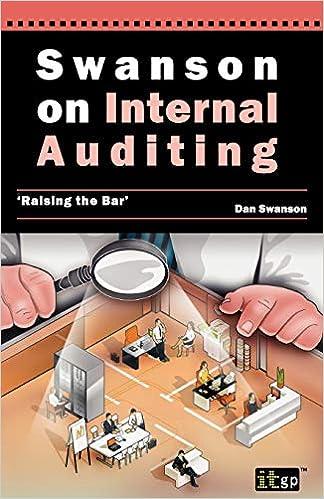B/C ratio influencing factors
Amount of vehicles
Make simulation about the minimum amount of vehicles with B/C ratio and display the results with diagram.

Traffic congestion and vehicle safety are significant concerns in most major cities in the Northeast United States. A major metropolitan city in New Jersey is considering the elimination of a railroad grade crossing by building an overpass. Traffic engineers estimated that approximately 2,000 vehicles per day are delayed at an average of 2 minutes each due to trains at the grade crossing. Trucks comprise 40% of the vehicles, and the opportunity cost of their delay is assumed to average $20 per truck-hour. The other vehicles are cars having an assumed average opportunity cost of $4 per car-hour. It is also estimated that the new overpass will save the city approximately $4,000 per year in expenses directly due to accidents. The traffic engineers determined that the overpass would cost $1,000,000 and is estimated to have a useful life of 40 years and a $100,000 salvage value. Annual maintenance costs of the overpass would cost the city $5,000 more than the maintenance costs of the existing grade crossing. The installation of the overpass will save the railroad an annual expense of $30,000 for lawsuits and maintenance of crossing guards. Since this is a public project, there are special considerations and a complete and comprehensive engineering economy study is more challenging than in the case of privately financed projects. For example, in the private sector, costs are accrued by the firm undertaking the project, and benefits are the favorable outcomes achieved by the firm. Typically, any costs and benefits that are external to the firm are ignored in economic evaluations unless those external costs and benefits indirectly affect the firm. With economic evaluations of public projects, however, the opposite is true. As in the case of improving the railroad crossing, there are multiple purposes or objectives to consider. The true owners of the project are the taxpayers! The monetary impacts of the diverse benefits are oftentimes hard to quantify, and there may be special political or legal issues to consider. Traffic congestion and vehicle safety are significant concerns in most major cities in the Northeast United States. A major metropolitan city in New Jersey is considering the elimination of a railroad grade crossing by building an overpass. Traffic engineers estimated that approximately 2,000 vehicles per day are delayed at an average of 2 minutes each due to trains at the grade crossing. Trucks comprise 40% of the vehicles, and the opportunity cost of their delay is assumed to average $20 per truck-hour. The other vehicles are cars having an assumed average opportunity cost of $4 per car-hour. It is also estimated that the new overpass will save the city approximately $4,000 per year in expenses directly due to accidents. The traffic engineers determined that the overpass would cost $1,000,000 and is estimated to have a useful life of 40 years and a $100,000 salvage value. Annual maintenance costs of the overpass would cost the city $5,000 more than the maintenance costs of the existing grade crossing. The installation of the overpass will save the railroad an annual expense of $30,000 for lawsuits and maintenance of crossing guards. Since this is a public project, there are special considerations and a complete and comprehensive engineering economy study is more challenging than in the case of privately financed projects. For example, in the private sector, costs are accrued by the firm undertaking the project, and benefits are the favorable outcomes achieved by the firm. Typically, any costs and benefits that are external to the firm are ignored in economic evaluations unless those external costs and benefits indirectly affect the firm. With economic evaluations of public projects, however, the opposite is true. As in the case of improving the railroad crossing, there are multiple purposes or objectives to consider. The true owners of the project are the taxpayers! The monetary impacts of the diverse benefits are oftentimes hard to quantify, and there may be special political or legal issues to consider







